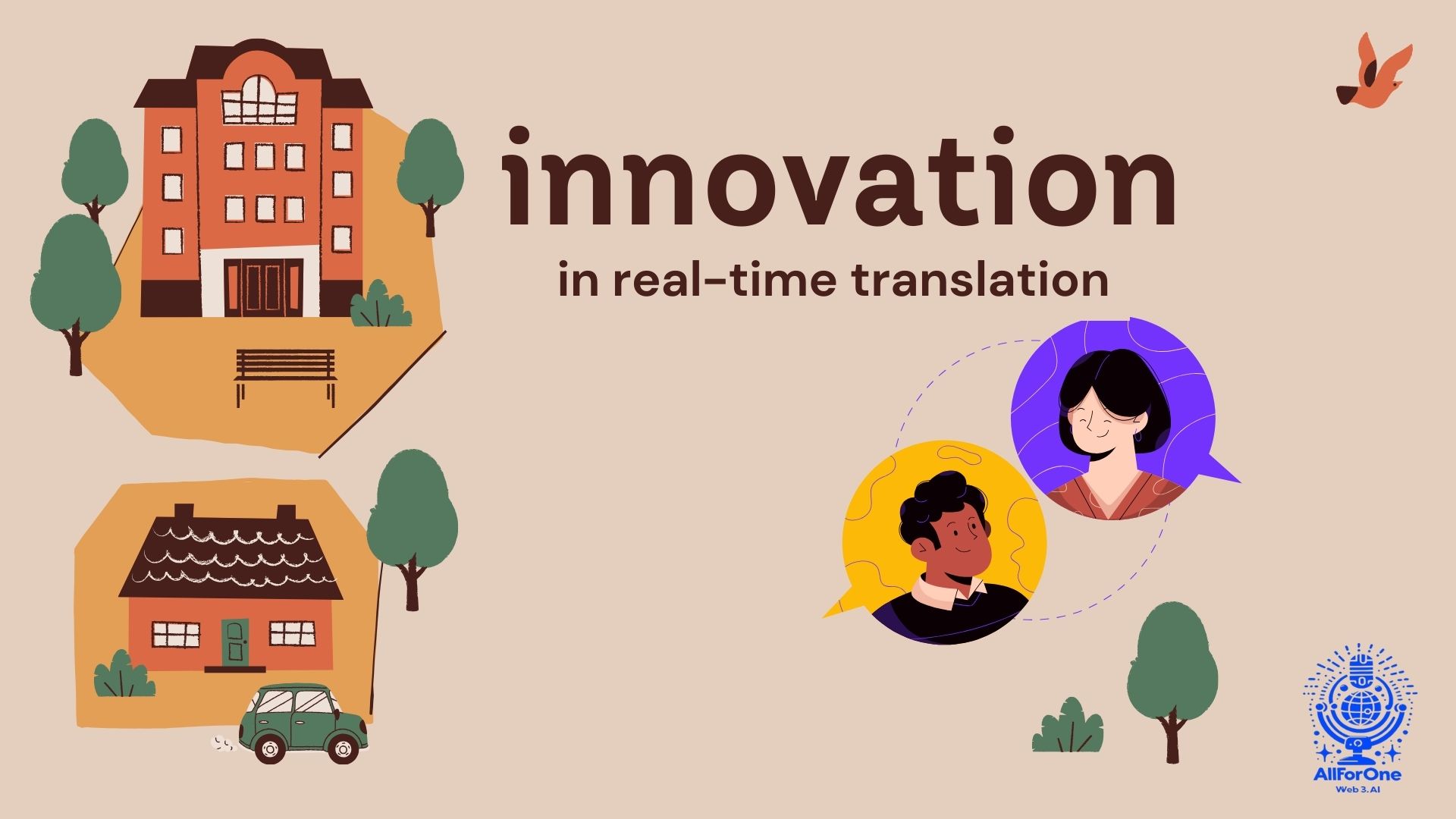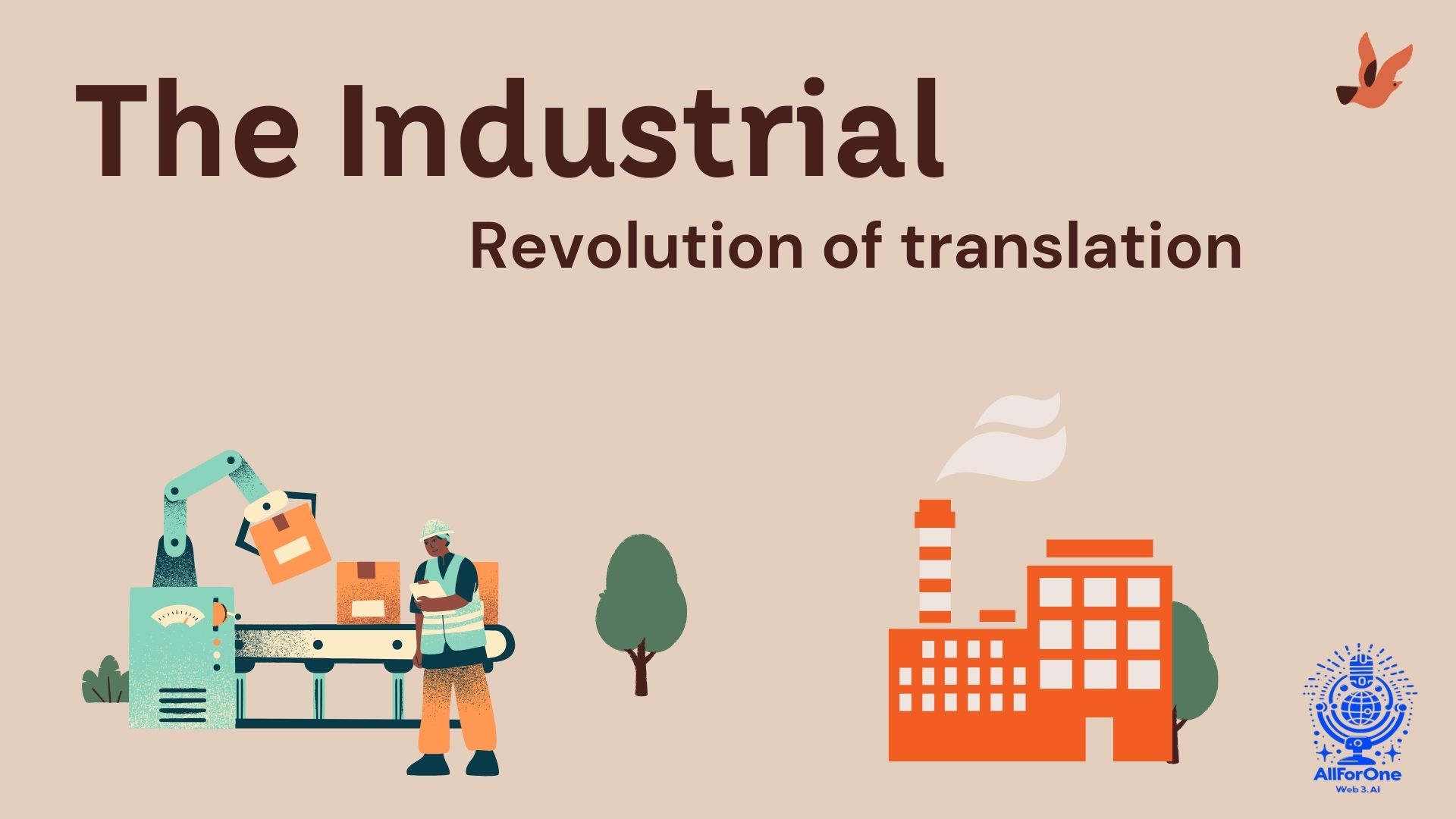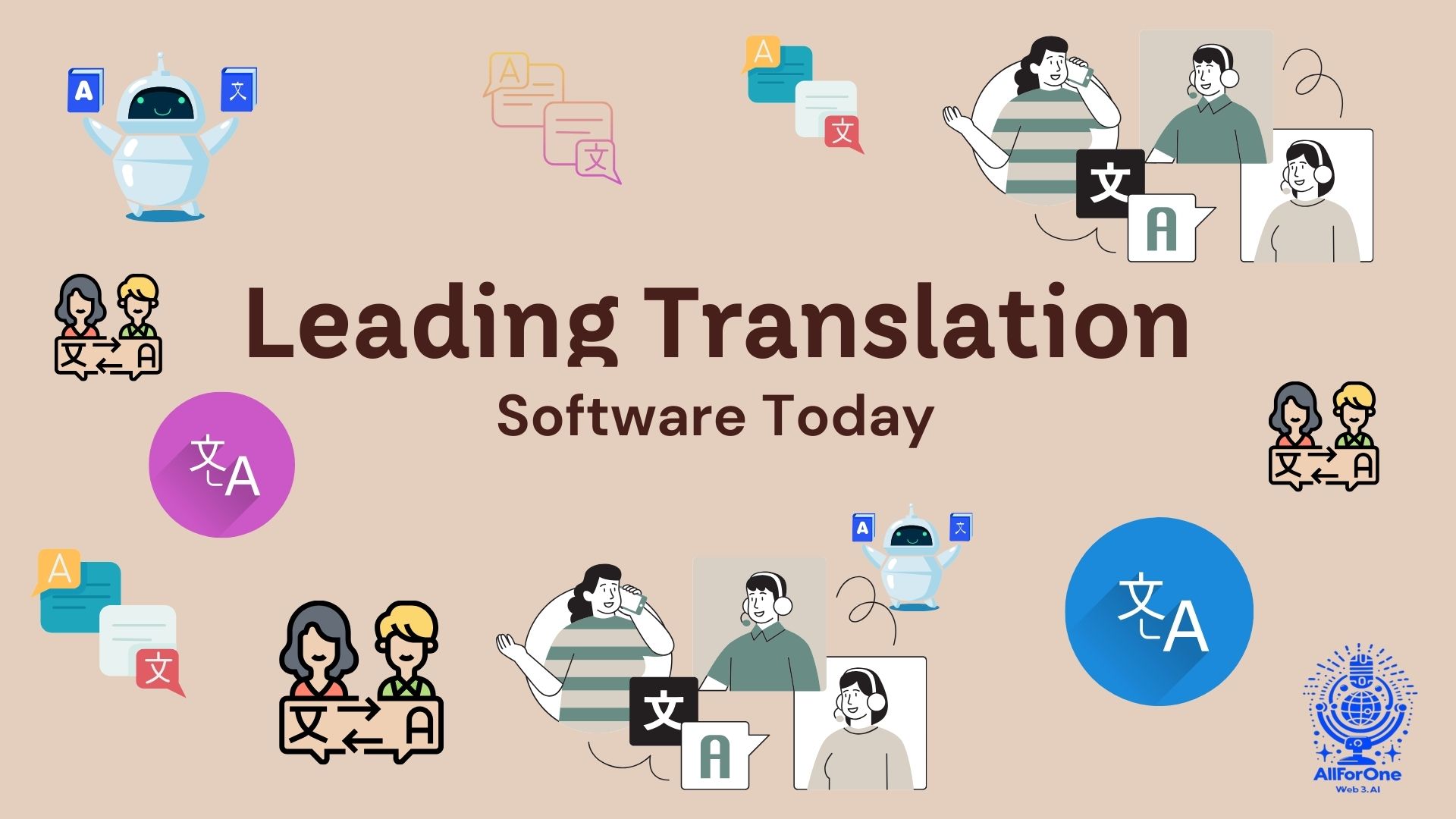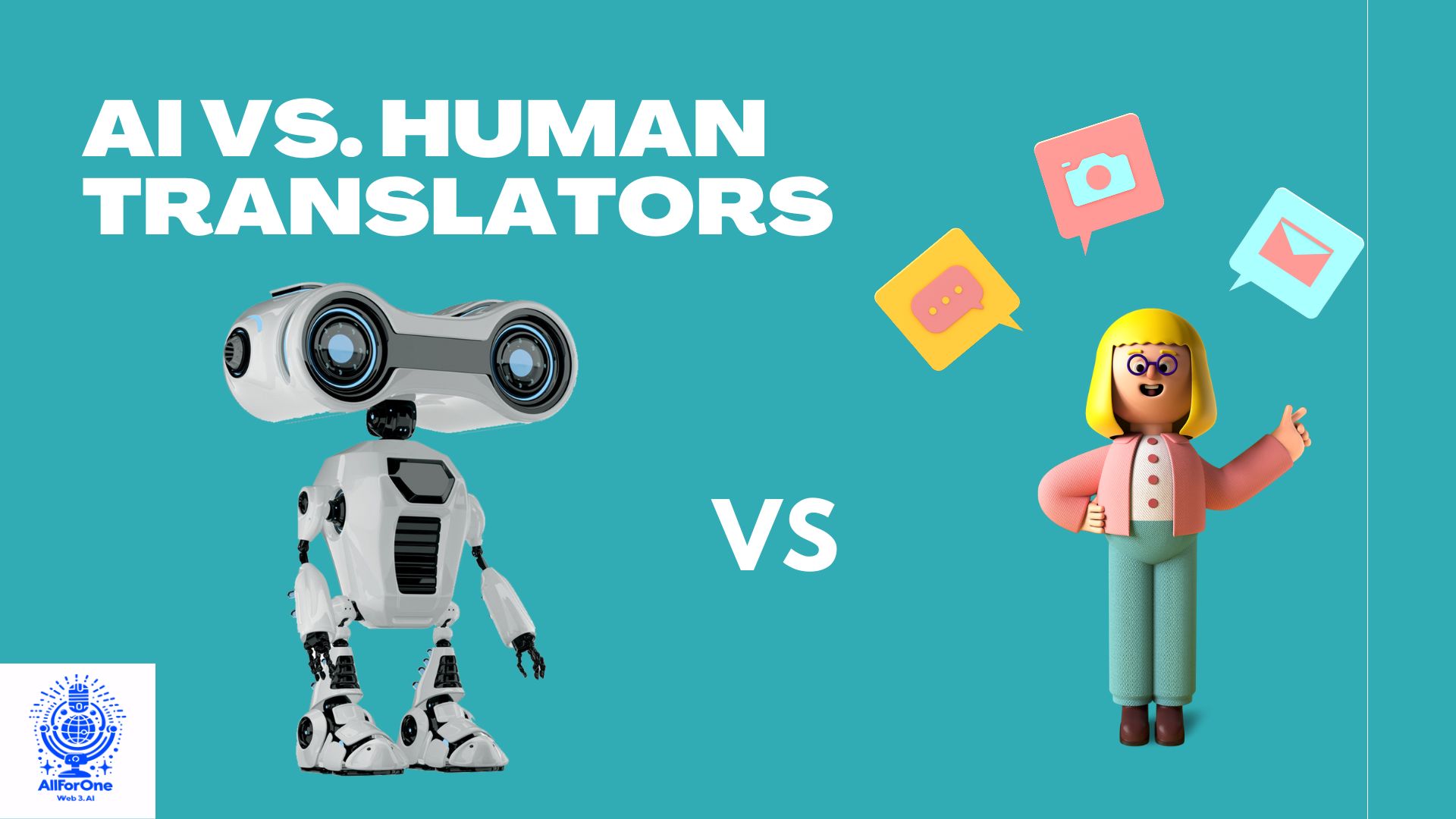
The History of Translation Techniques
Translation has been a crucial aspect of human civilization, facilitating the exchange of ideas, culture, and knowledge across different languages and regions. The evolution of translation techniques reflects the advancements in human thought, technology, and our understanding of language itself. This article delves into the history of translation techniques, from ancient methods to the cutting-edge technologies of today.
Ancient Translation Techniques
Early Beginnings
The earliest translations were likely oral, conducted by bilingual individuals who facilitated communication between groups speaking different languages. These translators played an essential role in trade, diplomacy, and cultural exchange. For instance, the Rosetta Stone, an ancient Egyptian artifact, features the same text in Egyptian hieroglyphs, Demotic script, and Ancient Greek, showcasing early multilingualism.
One of the earliest known written translations is the “Epic of Gilgamesh,” translated into different languages in ancient Mesopotamia. Another significant ancient translation is the Septuagint, a Greek version of the Hebrew Bible produced by Jewish scholars in Alexandria around the 3rd century BCE. These translations were manual and relied heavily on the translator’s knowledge and intuition.
The Role of Scribes
In ancient civilizations like Egypt, Greece, and Rome, scribes were employed to translate texts. These scribes were often well-educated and fluent in multiple languages. They used their knowledge to translate literary, religious, and scientific texts, preserving and disseminating knowledge across cultures. The translation of Buddhist texts into Chinese during the Han Dynasty by monks like Kumarajiva also highlights the early importance of translation in cultural and religious exchanges.
Medieval and Renaissance Translation
The Spread of Religion
During the Middle Ages, translation played a pivotal role in the spread of religious texts. Christian missionaries translated the Bible into various languages to spread Christianity. One of the most notable translations from this period is St. Jerome’s Latin Vulgate, completed in the late 4th century CE, which became the Catholic Church’s official Latin Bible. Jerome’s approach to translation, emphasizing the sense over the exact words, influenced later translation theories.
Islamic Golden Age
In the Islamic Golden Age (8th to 14th centuries), scholars in the House of Wisdom in Baghdad translated numerous Greek, Persian, and Indian texts into Arabic. These translations were critical in preserving ancient knowledge and contributing to the Islamic world’s scientific and philosophical advancements. Figures like Al-Kindi and Al-Farabi not only translated but also expanded on the works of Aristotle and Plato, merging Greek philosophy with Islamic thought.
The Renaissance
The Renaissance saw a renewed interest in classical texts and the translation of works from Greek and Latin into vernacular languages. This period marked the beginning of more systematic translation approaches, emphasizing accuracy and fidelity to the original text. The invention of the printing press in the 15th century further accelerated the spread of translated texts. Translators like Martin Luther, who translated the Bible into German, made religious texts accessible to the common people, thereby influencing both language and religion.
Early Modern Translation
The Age of Exploration
The Age of Exploration (15th to 17th centuries) expanded the need for translation as European explorers encountered new languages and cultures. Translators were essential in facilitating communication between explorers and indigenous peoples, as well as in translating documents related to trade and colonization. Translators like Malintzin, an indigenous woman who played a key role in the Spanish conquest of Mexico, exemplify the importance of translation in historical contexts.
The Enlightenment
The Enlightenment (17th to 19th centuries) emphasized reason and intellectual exchange, leading to increased translation of scientific, philosophical, and literary works. Translators like Johann Wolfgang von Goethe and Friedrich Schleiermacher in Germany contributed to the theory of translation, distinguishing between “domestication” (making the text easily understandable for the target audience) and “foreignization” (preserving the original text’s cultural context). This period also saw the translation of Eastern texts into European languages, expanding the Western intellectual horizon.
The Industrial Revolution and Beyond

Machine Translation Beginnings
The 20th century brought technological advancements that laid the groundwork for modern translation techniques. During World War II, the need for rapid and accurate translation of intercepted communications spurred interest in machine translation (MT). Early MT efforts, such as the Georgetown-IBM experiment in 1954, demonstrated the potential of computers to translate texts, though results were often rudimentary. This experiment translated 60 Russian sentences into English and marked a significant step toward automated translation.
Rule-Based Machine Translation (RBMT)
The 1950s to 1980s saw the development of rule-based machine translation (RBMT), which relied on linguistic rules and bilingual dictionaries. RBMT systems attempted to translate texts based on grammatical rules and vocabulary mappings. While innovative, these systems were limited by their rigidity and inability to handle linguistic nuances effectively. The development of SYSTRAN, one of the earliest RBMT systems, showcased the potential and limitations of this approach.
Modern Translation Techniques
The late 20th and early 21st centuries witnessed significant advancements in translation technology, moving beyond the limitations of rule-based systems to more sophisticated and effective methods.
Statistical Machine Translation (SMT)
Statistical Machine Translation (SMT) marked a major shift in the approach to translation. Instead of relying on predefined rules, SMT systems used large corpora of bilingual texts to generate translations based on statistical probabilities. By analyzing the frequency and patterns of word pairs and phrases in vast datasets, SMT could produce more accurate translations. However, this approach required extensive computational resources and vast amounts of data to train the models. Notable SMT systems include Google Translate’s earlier versions, which significantly improved translation quality but were still far from perfect.
Neural Machine Translation (NMT)
Neural Machine Translation (NMT) represents the most recent and significant breakthrough in translation technology. NMT utilizes artificial neural networks, which are designed to mimic the human brain’s ability to learn and process information. These networks model entire sentences rather than just words or phrases, capturing context and nuances more effectively.
NMT systems, such as Google’s Transformer model, have revolutionized the field by offering translations that are more fluid and natural. They can understand the context of a sentence, making them particularly adept at handling idiomatic expressions and cultural references. NMT continues to evolve, with ongoing research aimed at improving accuracy and efficiency.
Real-Time Translation
Advancements in AI and natural language processing have led to the development of real-time translation systems. These systems can translate spoken language instantly, facilitating seamless communication across languages. Platforms like all4one leverage these technologies to provide real-time translation during audio and video calls, enabling smooth and effective multilingual communication.
Leading Translation Software Today

The landscape of translation software is vast and varied, with numerous solutions catering to different needs and use cases. Here, we delve deeper into some of the leading translation software available today.
1. all4one

all4one is at the forefront of real-time translation technology, providing a robust platform that leverages the latest in AI and NMT to offer seamless multilingual communication during audio and video calls. With browser-based accessibility, users can connect effortlessly from anywhere without needing additional software installations. all4one ensures accurate and speedy translations, making it ideal for businesses and individuals seeking to overcome language barriers. Its user-friendly interface and integration capabilities make it a versatile tool for various communication scenarios.
2. Google Translate
Google Translate is one of the most widely used translation tools globally. It supports over 100 languages and offers various features, including text, voice, and image translation. Google Translate uses NMT to provide high-quality translations and is continually updated to improve accuracy and add new languages. Its ability to translate entire web pages and documents makes it a valuable tool for individuals and businesses alike. Google Translate’s integration with other Google services, such as Gmail and Google Docs, further enhances its utility.
3. Microsoft Translator
Microsoft Translator is another powerful tool offering text, speech, and image translation. It supports over 60 languages and integrates seamlessly with other Microsoft products like Office and Skype. Microsoft Translator uses AI and NMT to deliver accurate translations and provides features like conversation translation for real-time communication. Its enterprise-level solutions cater to businesses needing reliable and scalable translation services. The Microsoft Translator Hub allows organizations to create custom translation models, ensuring that industry-specific terminology is accurately translated.
4. DeepL
DeepL is renowned for its superior translation quality, particularly in European languages. Using advanced NMT models, DeepL provides highly accurate and contextually appropriate translations. It offers both free and paid versions, with the latter including additional features like document translation and API access for developers. DeepL’s commitment to maintaining high translation standards has made it a preferred choice for professional translators and businesses. Its intuitive interface and speed make it an efficient tool for translating large volumes of text.
5. Amazon Translate
Amazon Translate is a cloud-based machine translation service offered by Amazon Web Services (AWS). It supports a wide range of languages and is designed for real-time translation applications. Amazon Translate is particularly suited for businesses that need to integrate translation capabilities into their applications and services. Its scalability and customization options allow businesses to tailor the translation service to their specific needs. The service’s integration with other AWS products enables seamless deployment in various business environments.
6. SDL Trados Studio
SDL Trados Studio is a professional translation software widely used by translators and language service providers. It offers a comprehensive suite of tools for translating, reviewing, and managing translation projects. With features like translation memory, terminology management, and automated quality checks, SDL Trados Studio ensures high-quality translations. Its integration with cloud-based platforms allows for collaborative translation projects and remote access to translation resources.
7. memoQ
memoQ is another leading translation software known for its robust features and user-friendly interface. It offers translation memory, terminology management, and real-time collaboration tools. memoQ’s project management capabilities make it a popular choice for translation agencies and large organizations. The software’s flexibility allows users to customize workflows and integrate with other translation tools, enhancing productivity and efficiency.
8. Smartcat
Smartcats is a cloud-based translation platform that combines translation technology with a marketplace for translation services. It offers translation memory, machine translation, and a collaborative workspace for translators. Smartcats integrated payment system simplifies the process of hiring and paying translators. The platform’s scalability and ease of use make it suitable for businesses of all sizes, from start-up to large enterprises.
Visual Insights into Translation Technology
Evolution of Translation Techniques
This image showcases the journey from manual translations by ancient scribes to modern AI-driven real-time translation technologies, illustrating how far the field has advanced. The visual representation helps in understanding the significant milestones in the evolution of translation techniques and the technological advancements that have shaped the field.
Real-Time Translation in Action
An image depicting real-time translation during a video call, highlighting how all4one’s technology facilitates seamless communication across different languages. This image emphasizes the practical application of real-time translation technology and its impact on improving communication in a globalized world.
Neural Networks for Translation
A visual representation of neural networks used in NMT, explaining how these networks process and translate sentences, capturing context and nuances. The image provides a detailed look into the inner workings of neural networks, making the complex technology more accessible and understandable.
The Future of Translation Technology
The future of translation technology promises even more sophisticated and accurate systems. Advances in AI, machine learning, and quantum computing could lead to near-perfect translations that capture not only linguistic nuances but also cultural contexts. The integration of translation technology with augmented reality (AR) and virtual reality (VR) could further enhance real-time multilingual communication.
AI and Machine Learning
As AI and machine learning continue to evolve, translation systems will become more adept at understanding context, idiomatic expressions, and cultural nuances. This will result in translations that are even more accurate and natural. Ongoing research in AI is focused on developing models that can understand and translate complex linguistic structures and cultural references, making translations more relevant and meaningful.
Quantum Computing
Quantum computing holds the potential to revolutionize many fields, including translation. With its ability to process vast amounts of data simultaneously, quantum computing could significantly enhance the speed and accuracy of translation systems. Quantum computers can solve complex problems that are currently beyond the reach of classical computers, potentially leading to breakthroughs in natural language processing and translation.
AR and VR Integration
The integration of translation technology with augmented reality (AR) and virtual reality (VR) could create immersive multilingual experiences. For example, AR glasses could provide real-time translations of spoken language or text in the user’s field of view, while VR environments could facilitate multilingual interactions in virtual spaces. This technology could transform how we interact with different cultures and languages, providing new opportunities for learning and communication.
Conclusion
The history of translation techniques is a testament to humanity’s enduring quest to understand and connect with one another across language barriers. From ancient scribes to cutting-edge AI, each advancement has brought us closer to a world where language is no longer a barrier to communication. As we look to the future, innovations like all4one continue to push the boundaries of what’s possible, making seamless global communication a reality.
Through continuous advancements in AI, NMT, and real-time translation, the future promises even more accurate, efficient, and contextually aware translation technologies. As we embrace these innovations, the potential for fostering global understanding and collaboration becomes limitless. Join us in exploring this exciting journey of breaking down language barriers and connecting the world like never before.




